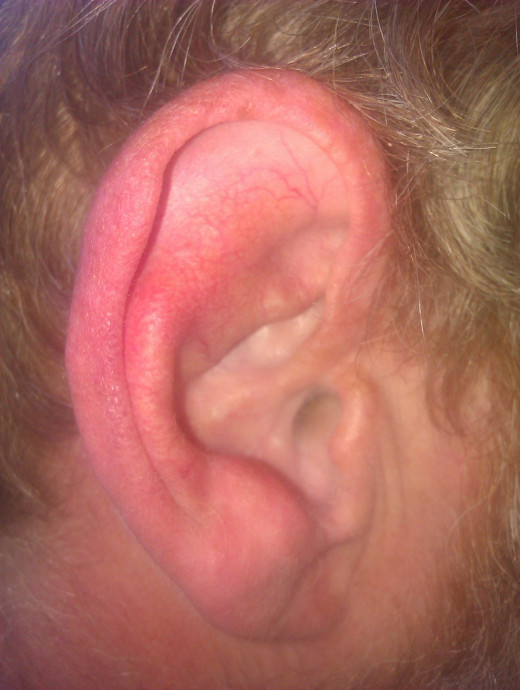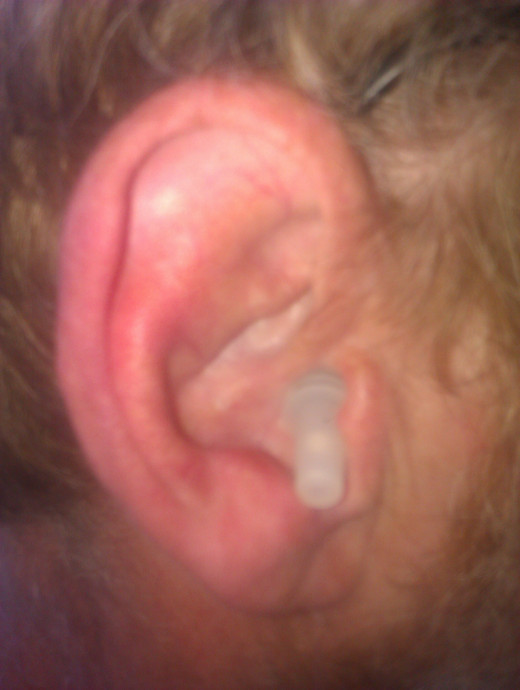Prevent and Treat Surfer's Ear
A Surfer's Ear

What is Surfer's Ear
Surfer's ear is the colloquial name for a condition that affects, wait for it, a surfer's ear! Prolonged exposure to sea water, cold water in particular, often causes the small bones within the ear canal to develop small lumps. If the condition is allowed to progress unchecked, the ear canal gradually closes up.
The medical name for the little bony lumps that characterise surfer's ear is exostoses.
There is treatment available for surfer's ear but like most conditions, the best thing to do is to avoid getting it in the first place. If you regularly spend time in the water here are the signs that you are developing surfer's ear, together with tips for avoiding the condition and suggestions for treatment.
Don't Use Ear Drops for Surfer's Ear
One common reaction to the symptoms of surfer's ear is to reach for the ear drops. There is no point in using ear drops or wax removers for surfer's ear. The obstruction is a bony lump; drops aren't going to shift it. In fact, it could make matters worse, as if the drops could get past the lump then irritate the ear canal so that it swells. Then the drops will not be able to run out, but will be stuck in your ear canal.
Symptoms of Surfer's Ear
There are a few common signs that you are developing surfer's ear. Not everyone gets all the symptoms and the degree of severity varies. Here are some frequently occurring symptoms:
- Mild to severe soreness in the ear canal.
- Hearing impairment, which may or may not come and go.
- Ringing, gurgling or fizzing in the ears.
- Feeling like your ear is blocked, plugged or "full".
- Ear infections.
Your doctor should be able to diagnose the condition fairly easily with an examination.
It's quite common for one ear to be more affected than the other. In my husband's case it is his right ear, which is the one that faces the prevailing wind in the line-up.
Ear infections are a common feature of surfer's ear. The problem arises because water and other debris gets trapped behind the bony lumps setting off an infection.
Surfer's Ear: Who is Most at Risk?
As surfing gains in popularity and the wetsuit industry improves its technology to allow people to surf for longer in cold water, it's likely that more people will get surfer's ear. You are at risk:
- if you surf in cold water and cold air
- you have been surfing regularly for many years
- you take part in other activities that allow water into your ears such as diving, swimming and wind-surfing.
Treatment: Surfer's Ear Surgery
There is only one treatment for surfer's ear: surgery. A surgeon can remove the bony growths under general anaesthetic using a drill or chisel. Many surfers are very wary of this procedure. Besides the inherent risks with any operation involving general anaesthesia, there are surfer-specific problems.
Firstly, there is no surfing or exposure to water for at least a couple of months following the procedure. This helps lessen the chances of infection. Secondly, the operation can't prevent the problem in future. If a surfer returns to the water and doesn't take preventative measures, surfer's ear will return.
Use Ear Plugs to Prevent Surfer's Ear

Preventing Surfer's Ear
There is only one sure-fire method to preventing surfer's ear; stay out of the water! Since that's not an option for a surfer, the alternative is make sure that the water stays out of the ear. The ear plug is the best line of defence and can be combined with a hood in really cold conditions.
Ear plugs can be custom-made, but my husband just buys them in the surf shop. He has a great many pairs and keeps them at home, in his surf bag and our van so that he is never without a pair. His strategy seems to be working; since he noticed he was developing surfer's ear and began using ear plugs the condition hasn't worsened.
Our climate does get bitterly cold in winter, so my husband also wears a neoprene helmet on very cold or windy days. This helps to keep the wind out of his ears, since it is wind as well as water that causes surfer's ear.







